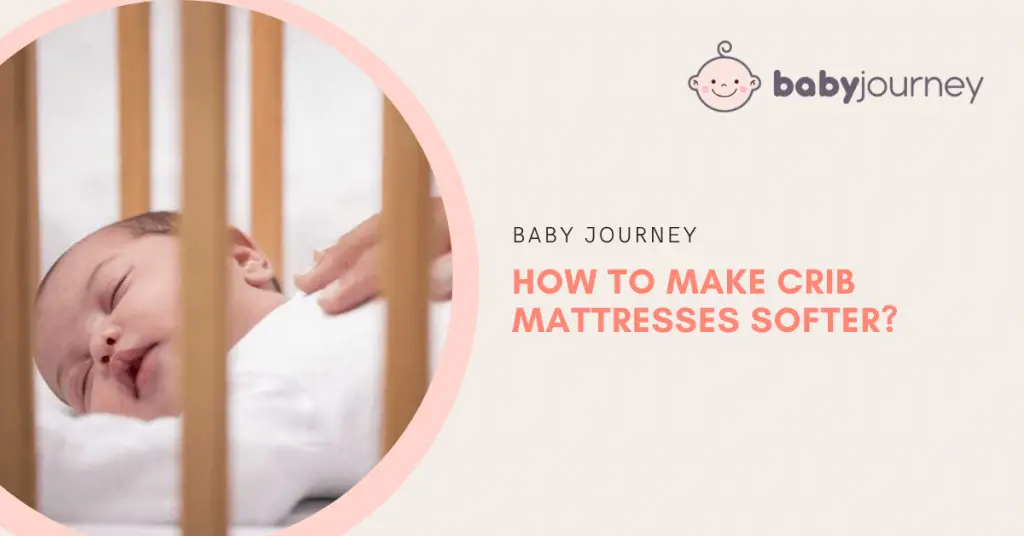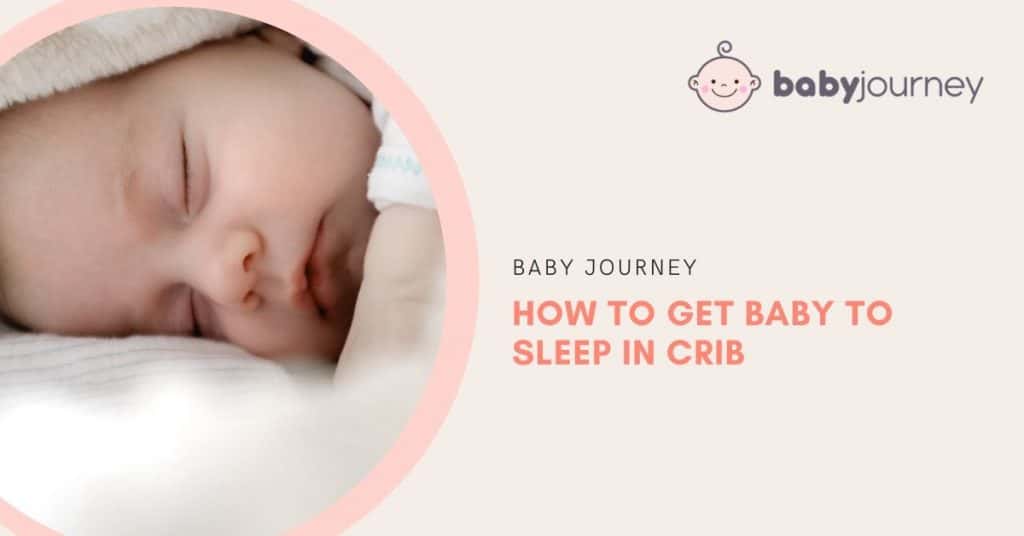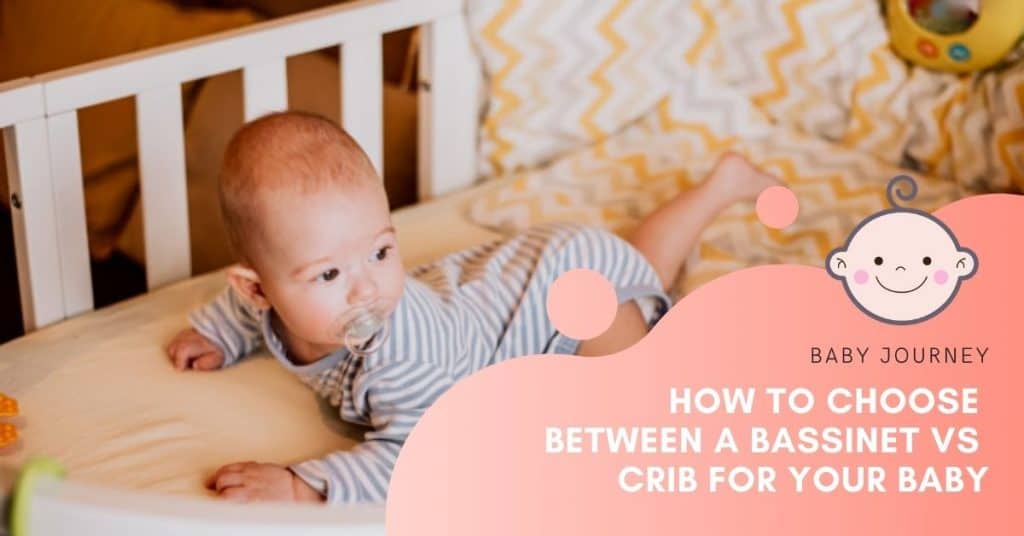There are so many things that new moms and dads need to buy for a brand-new baby, and figuring out what you need can be very confusing. One of the biggest things is a crib mattress.
There are lots of fears about buying a crib mattress, what with stories of suffocation and SIDS out there, and it’s easy to stress about whether you are getting the right crib mattress for your little one.
And when you finally bring home your new mattress and finally get your baby to sleep in a crib, it can feel like your baby will be sleeping on a rock.
Many parents want to know how to make crib mattresses softer so baby will be more comfortable. In this article we’ll explain:
- why crib mattresses are so hard
- what to look for in a crib mattress
- how to know if a soft crib mattress is too soft for baby
- how to make the mattress more comfortable for your baby
Let’s get started!
What is the difference between a crib mattress and a crib sheet?
A crib mattress is the base of your baby’s bed, and provides firm support. A crib sheet is just like a regular fitted sheet, and can be made of a soft, breathable material for comfort for your baby.
But why are crib mattresses so hard?
Safe to Sleep of NIH says that sleeping on the back or side is the safest position for babies, and that the firmness level of an infant mattress is important for sleep safety. Babies are born with 300 bones, versus the 206 bones that we as adults have.

A baby’s bones are very soft and not connected together. They are not actually bone yet, but are made of soft, flexible cartilage that will eventually harden into bone. Because of this, and because of their rapid development, babies’ spines need more support, which they don’t get with soft mattresses.
Firm mattresses help support baby’s spine, as well as offer safeguards against suffocation and SIDS. A firm mattress that fits well inside of the crib also offers safeguards against gaps being created between the mattress and crib, which can turn into another safety hazard as baby can get stuck in.
How firm should a crib mattress be?
If it is your first time getting a baby crib mattress, you may wonder how firm should your baby’s crib mattress be. And how soft is too soft for a baby mattress?
As a general rule, if your baby’s mattress seems like it would be cozy and comfy by your standards, it’s definitely too soft!
When you’re shopping for a baby bed mattress, make sure you pay close attention to how soft or firm it is. Green Active Family recommends using their FIRM checklist to determine if the mattress is too soft.
F – Firm and Flat: has a firm, flat surface without any peaks or valleys
I – Indentation Resistant: when the mattress arrives, test it for resistance to indentations. Press in the middle and around the edges, and if it’s firm enough it will snap back right away, and not conform to your hands or fingers.
R – Recall List: check that your mattress isn’t on the recall list.
M – Mattress Edges and Corners: Make sure the mattress has strong and stable edges and corners that can’t be pushed inwards, creating a gap.
This video demonstrates how to test your mattress:
Is it okay for babies to sleep on a soft mattress?
Since soft mattresses don’t support an infant’s spine, it’s best to use a firmer mattress for newborns. Once baby starts rolling over on his own, if the mattress is too soft it can create pockets in which it can be hard for baby to breathe.
Many parents think their crib mattresses are too hard, but that’s how it should be! Although a crib mattress should be firm, it doesn’t need to be rock hard to be safe.
When baby is uncomfortable, baby won’t sleep, and we all know that makes everything harder! According to Lullabybot.com, babies can sleep on a soft mattress as long as it is safe.
Just make sure that it is not soft and floppy, and it must be firm enough to fit into the crib without leaving any gaps. You can also use a soft cover, especially one that comes with your crib mattress. A great safe, soft mattress is the Newton Baby Mattress.
Another great option that will work for your baby from infancy to toddlerhood is a dual-firm mattress, such as this Milliard Crib mattress. These mattresses have a firm side for infants and a softer side for toddlers.
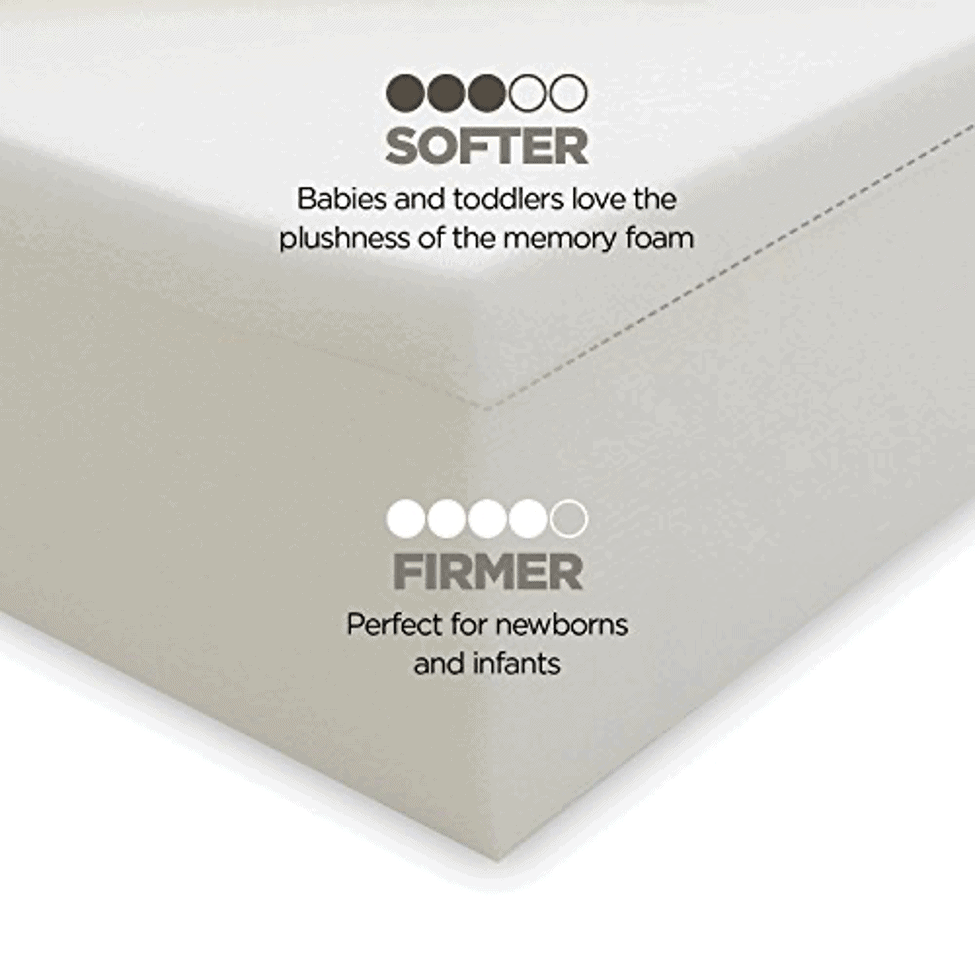
When can my baby use a softer mattress?
Anywhere from 12 to 18 months is when a baby can start transitioning from a firm baby mattress to a soft baby mattress. You can either add a softer mattress pad, or purchase a dual-firm mattress that you can just flip over to the softer side once your baby is old enough.
Every child is different, so ask your pediatrician’s advice before switching mattresses or making the one you have softer.
Wait…Do firm mattresses get softer though?
Generally, no. Or at least they shouldn’t! Crib mattresses are designed to be firm, so if you find that your mattress is getting soft over time it may be defective, and you should check your warranty or check for a recall.
6 simple tips on how to make crib mattresses softer for your baby
Even though your baby’s mattress should be firm, it doesn’t mean baby needs to be uncomfortable. If you find that your baby isn’t sleeping well on his or her bed, and you think the crib mattress is too hard, consider doing one of these things to make the bed more comfortable.
#1 Add a little extra padding
Get a waterproof mattress pad to put underneath the crib sheet. Not only will the waterproof pad protect your baby’s skin from exposure to wetness, it will add a little extra cushion.
Just make sure not to use memory foam as that will be too soft, and will make baby’s bed too warm. This zipper mattress protector by Margaux & May is a great choice.
Alternatively, put a fleece blanket underneath the fitted sheet. As long as the mattress still passes the indentation test it will be safe.
When using either of these options, be sure to check on your baby frequently to make sure the bedding hasn’t shifted or bunched up.
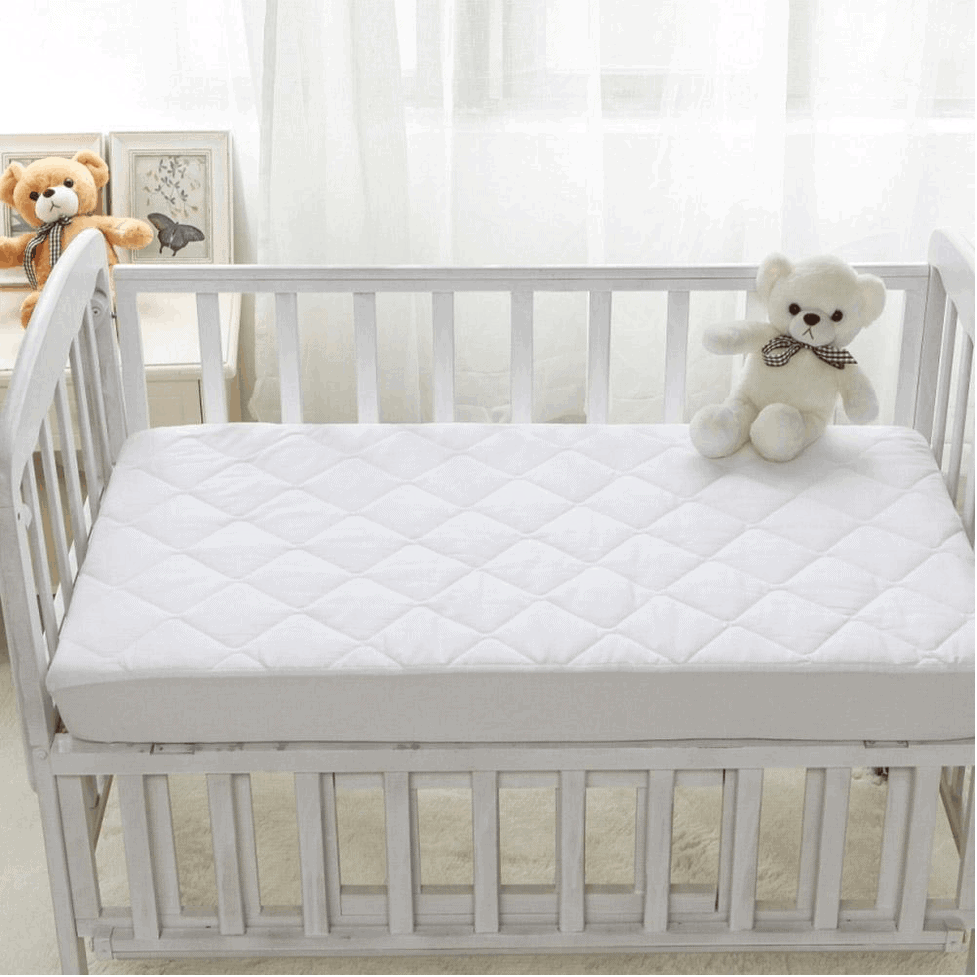
#2 Use softer sheets in a higher-quality fabric
Baby’s crib sheets don’t need to be scratchy and uncomfortable. A great way to soften up your baby’s bed is to use softer sheets, such as 100% cotton jersey.
Just remember that they need to be tight fitting and breathable to prevent suffocation and other safety hazards. This minimalist grey dash motif crib sheet from Honeybug is a great, cute option.

#3 Put on comfortable clothing for your baby
Sometimes all it takes is to adjust baby’s clothing for more comfort. Make sure your baby isn’t too hot or too cold in his or her pajamas. Fleece is a nice option for softness. Just make sure the pajamas are breathable.
#4 Swaddle up your little one
Newborns are used to being in small spaces, so being out in the big world can have a startling effect and make baby uncomfortable. Swaddling can help with that and give your baby a sense of security.
You can use a swaddling blanket (the one from Upsimples looks cute!), or if that seems too difficult, a sleep sack like the SwaddleMe swaddle pouch is a great option.
New to swaddling? Check out this video guide on how to swaddle a baby.
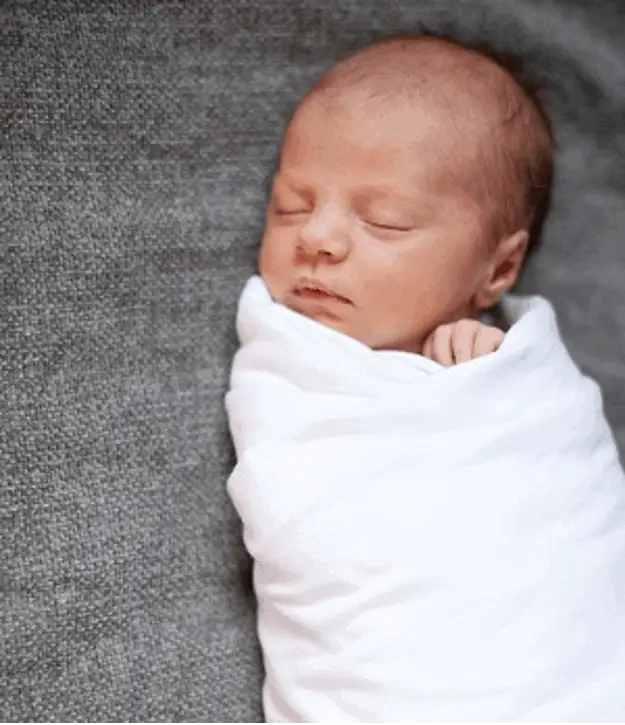
#5 Change to a different sleeping space
If you find that your baby isn’t happy in his crib, try moving him to a different sleeping space altogether. Try out a bassinet, which you can place by your bed. A baby swing is okay for shorter naps, but don’t ever use one overnight as being upright too long can be harmful to your baby.
#6 Improve the environment of the crib
Sometimes your baby’s sleep environment needs some help. Using a white noise machine can help block out unexpected sounds that could wake baby up, and promotes an even sleep.
Apart from noise, temperature can affect your baby’s sleep, so make sure she is not too hot or too cold. The ideal temperature is between 65-72 degrees, but keep an eye on your baby to see if she is getting too hot or cold.
Finally, darkening the room where your baby sleeps can help with him staying asleep. Blackout curtains are a big help with this. Additionally, some parents make use of baby monitors to take advantage of the lullaby, white noise, temperature alerts and night light functions, though the accuracy for certain ambient measurements may not be up to expectation.
How to make a crib mattress softer for a toddler
Once your child is ready to be in a toddler bed, you may wonder how to make the crib mattress softer for a toddler as a way to reduce the chances of toddler won’t stay in bed due to uncomfortable bedding. Once your child has reached 12-18 months, the risk of SIDS has gone way down, so it’s safe for your toddler to sleep on a softer mattress.
At this point there are no strict guidelines on firm or soft mattresses; it’s more of a preference. Maybe you’ve already bought a dual-firm mattress, but if you haven’t, and don’t want to spend money on a whole new mattress before your little one moves on to their big-kid bed, there are ways to make the mattress softer.
A quick and easy way to add more comfort is to add some extra padding with a memory-foam topper or a soft mattress pad, or even a soft blanket or two underneath the fitted sheet. If you’d rather invest in a new mattress, the Sealy dual-firm mattress is a great option for toddlers since it has a softer cottony feel.
A Comfortable and Better Baby Sleep
Crib mattresses are supposed to be firm for your baby’s safety to decrease the risk of suffocation and SIDS. Mattresses for a baby’s crib are meant to help support baby’s developing spine too, but that doesn’t mean that your baby’s mattress needs to be rock hard that your little one feels uncomfortable in the crib.
If you feel like your baby’s mattress is too hard and want to add a little softness to your baby’s bed, consider investing in a safe, soft one.
Alternatively, use comfortable sheets and clothing, and a sleep-inducing environment to help your baby sleep comfortably all night.
Hope this simple guide helps! If you have any comments, questions, or concerns about how to make crib mattresses softer, please feel free to add to this discussion by leaving a comment below.
—


